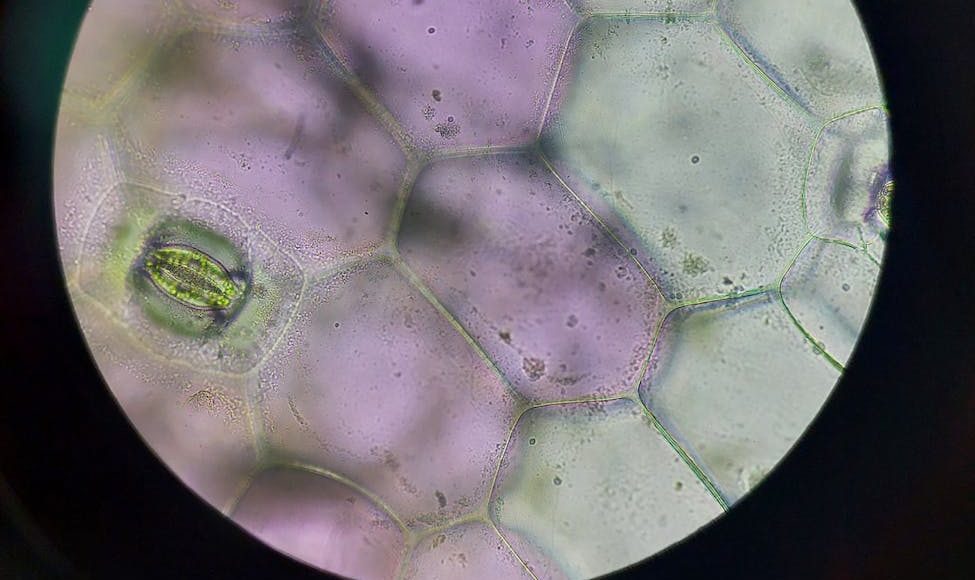Tonight I watched the Nanopore Community Meeting 2021 session by Jesse Bruijnesteijn from the Biomedical Primate Research Center in the Netherlands. Their session was entitled “Rapid characterization of complex killer cell immunoglobulin-like receptor regions using Cas9 enrichment and nanopore sequencing.” They began by explaining the role of NK cell activation in recognizing inhibitory and activating signals. There are also sets of different KIR receptors that modulate the NK cell activity. KIR receptors and their ligands recognize diverse molecules and are being characterized, yet orphan receptors exist. The genomic organization of KIR receptors consists of three genes. This structure is found on chromosome. While genes are similar to each other, there is variable gene content and haplotype architecture. Bruijnesteijn and colleagues wanted to sequence and compare KIR haplotypes including the flanking genes. The approach they took starts with high molecular weight genomic DNA that is dephosphorylated and separated into different pools with different guide RNAs. Their goal was to enrich for different fragments using the Cas9 enrichment followed by cleanup and sequencing on a MinION flow cell. Bruijnesteijn noted they obtained allele level resolution and the high accuracy allowed them to distinguish single alleles. The method is free of amplification too. Thus, the group was able to develop a method to characterize complex gene regions with high resolution. The approach they developed also allows for epigenetic profiling and might have clinical applications.



